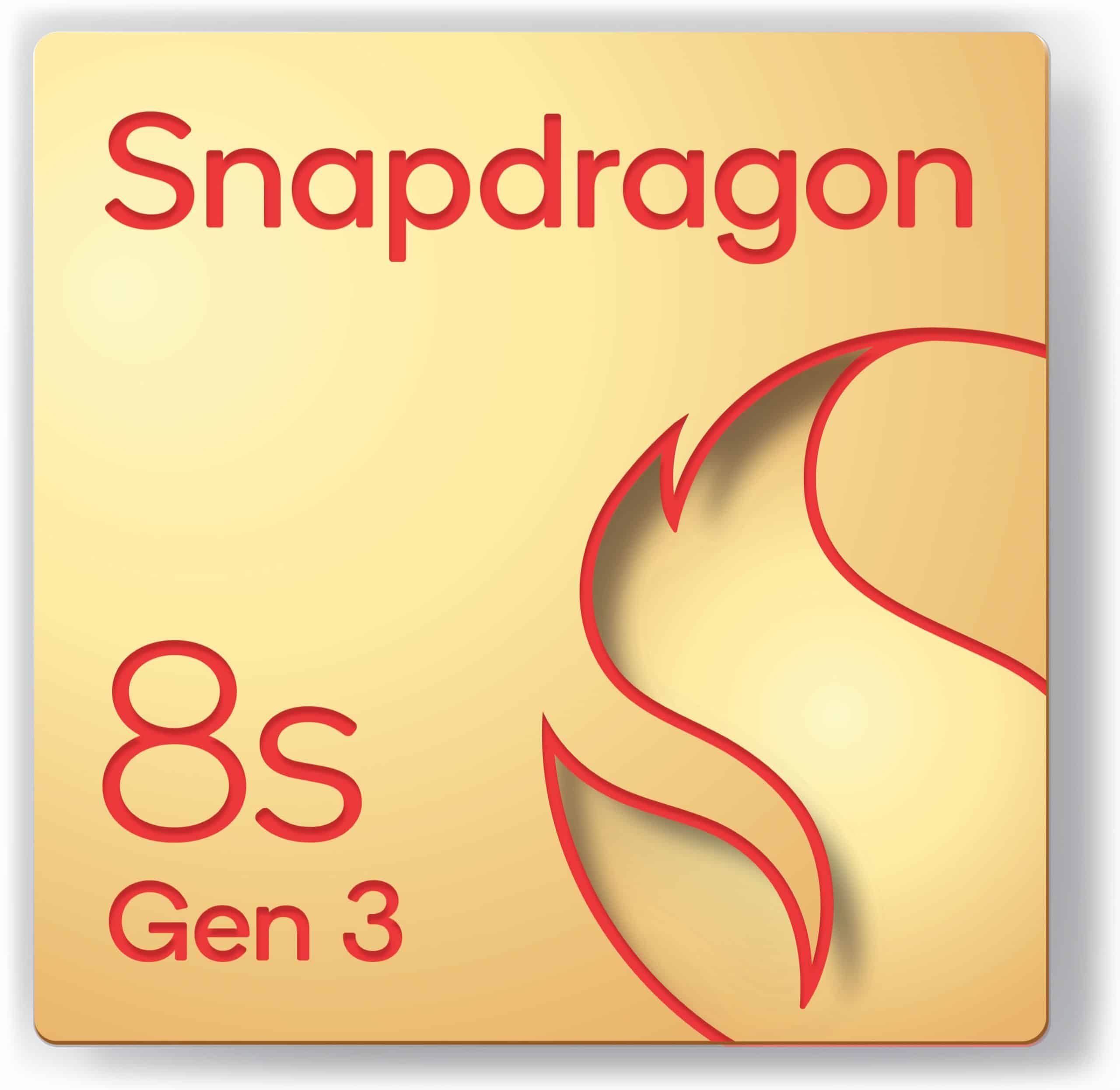Mobile Androids
Does the “s” in the Snapdragon 8s Gen 3 mean small? Turns out its 35% smaller than 8 Gen 3

Qualcomm Unveils Snapdragon 8s Gen 3: A Compact yet Powerful Chip for Budget-Conscious Devices
Qualcomm’s recent launch of the Snapdragon 8s Gen 3 (SM8635) introduces a compelling option for those seeking a potent yet cost-effective chipset. In contrast to its flagship counterpart, the Snapdragon 8 Gen 3, the “s” variant offers a more streamlined feature set, catering to a broader market segment.
Freshly released photos by ITHome shed light on the compact dimensions of the SoC. Surprisingly, the Snapdragon 8s Gen 3 boasts a smaller form factor compared to the standard 8 Gen 3. Measuring at 8.40×10.66mm, it marks a significant 34.73% reduction in size compared to the Snapdragon 8 Gen 3’s 10.71×12.81mm footprint.
Beyond the physical size, the Snapdragon 8s Gen 3 also features a smaller cache configuration. The ultra-large X4 core’s L2 cache has been halved from 2MB to 1 MB. There are similar reductions across the board in L2, L3, and SLC cache sizes.
Comparing the specifications, the Snapdragon 8 Gen 3 employs TSMC’s 4nm process with a CPU configuration consisting of one 3.3GHz X4 core, three 3.15GHz A720 cores, two 2.96GHz A720 cores, and two 2.26GHz A520 cores, utilizing the Adreno 750 GPU.
In contrast, the Snapdragon 8s Gen 3, also built on TSMC’s 4nm process, features one 3GHz X4 core, four 2.8GHz A720 cores, and three 2GHz A520 cores, along with a less powerful Adreno 735 GPU that lacks global illumination effects.
Additionally, the Snapdragon 8s Gen 3 exhibits limitations in memory support (4200MHz LPDDR5X vs. 4800MHz in the 8 Gen 3), video recording capabilities (4K HDR vs. 8K HDR), and video encoding/decoding. It utilizes an older X70 baseband in place of the 8 Gen 3’s X75 baseband, resulting in slower theoretical network speeds.
Despite these differences, the Snapdragon 8s Gen 3 appears to be a capable processor, likely offering satisfactory performance for everyday use. Its various reductions in specifications seem designed to position it as a more cost-effective option for mid-range flagship devices. Stay tuned for further developments as Qualcomm continues to redefine the landscape of mobile computing.













